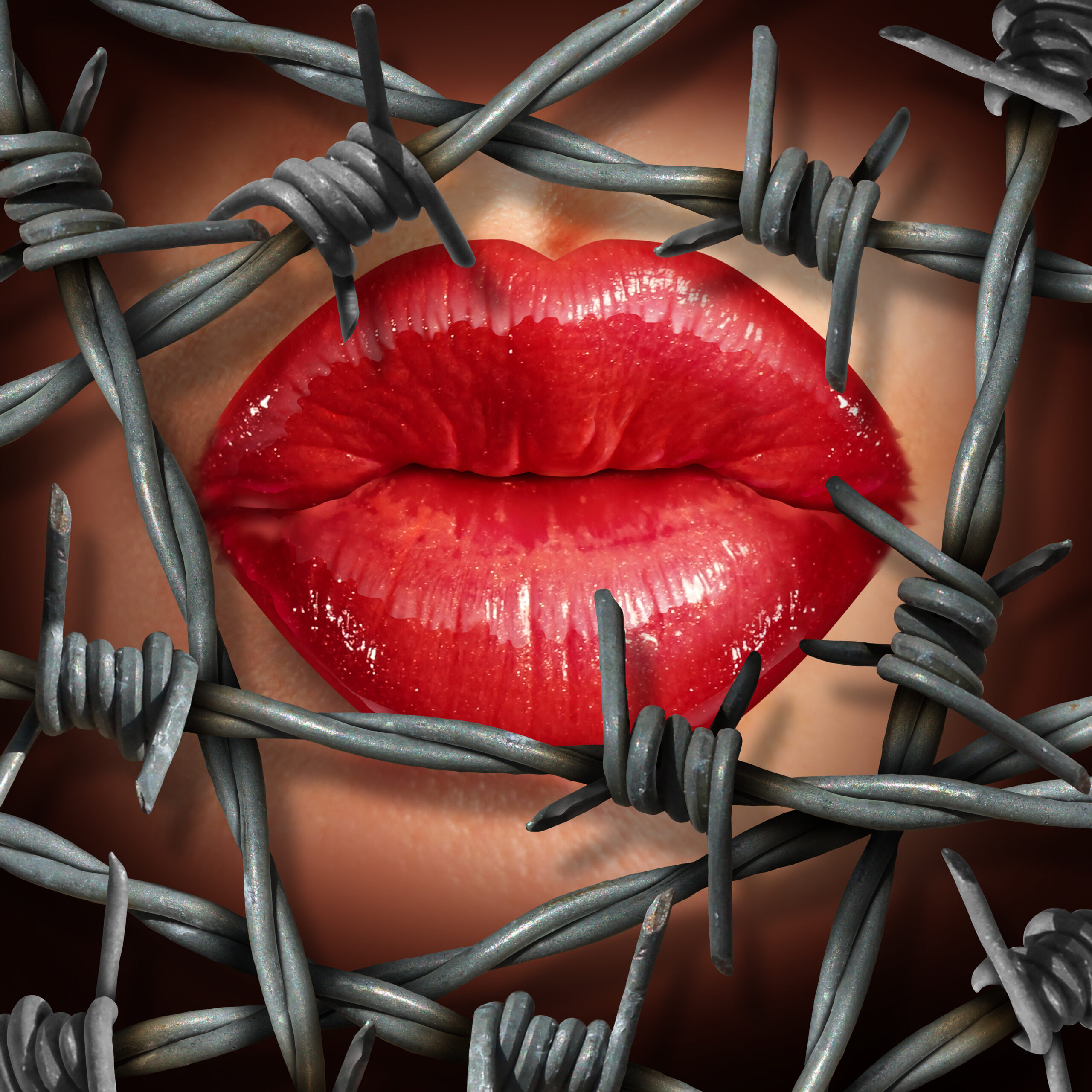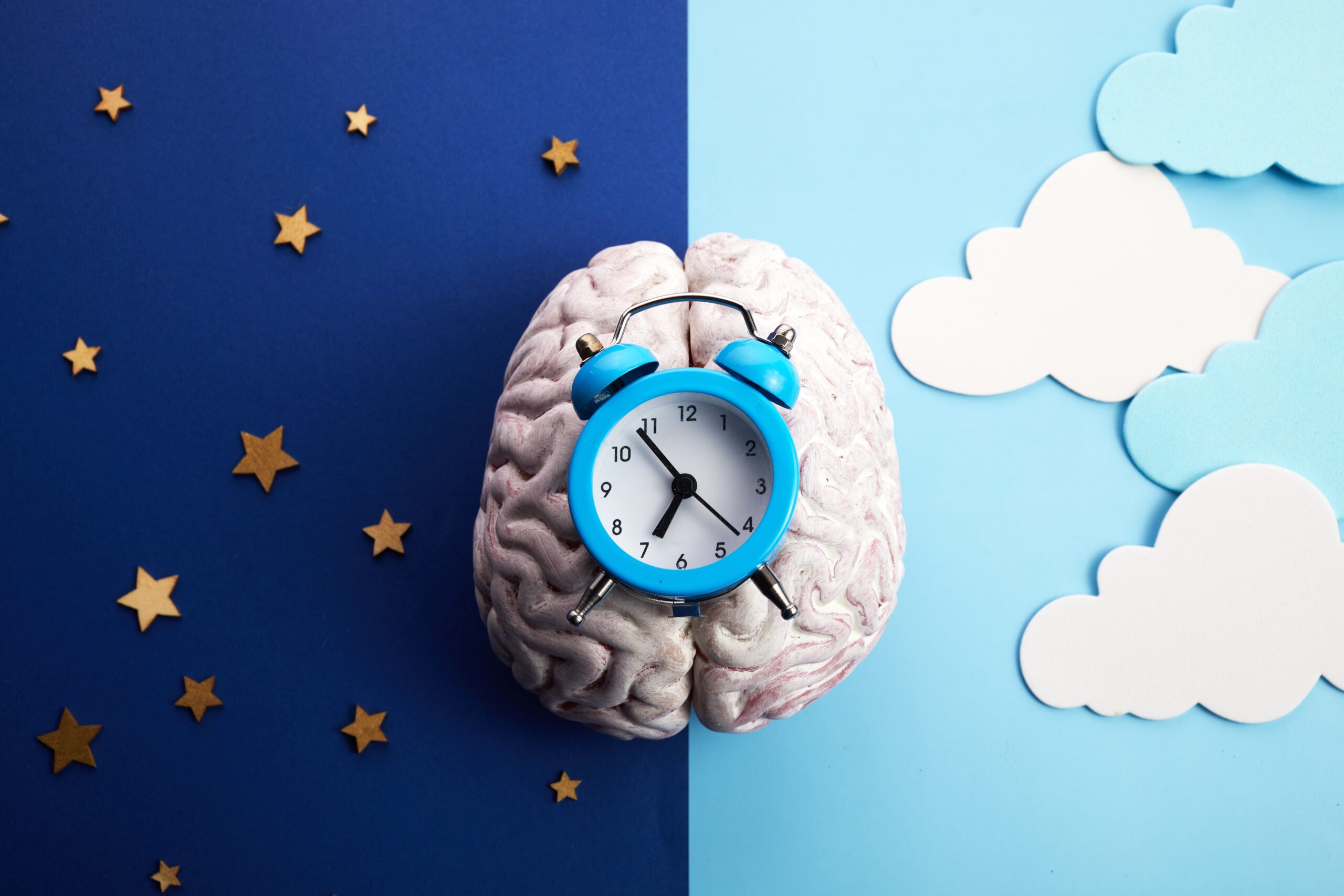Mental illness is a multi-faceted issue that has shifted and changed over the course of U.S. history. As a whole, mental health carries a history of stigma, incorrect assumptions and stereotyping. In decades and centuries, this led people with mental health disorders to be isolated from society, sometimes locked in psychiatric hospitals and asylums. While mental health treatment has since become more normalized, it’s important to remember those who were abandoned by loved ones and subjected to cruel treatments in these so-called “hospitals”, especially since stigma from those times still lingers today.
America has made enormous strides since the beginnings of mental health treatment, but there remains an ongoing stigma against people who are open about their struggles with mental health disorders. This stigma stems from a lack of basic understanding of what mental illness looks like. In reality, there are a vast number of “normal” people—family members, co-workers, neighbors and more—who quietly manage mental illness in their personal lives while thriving outwardly.
Here are some basics that you may not have known about mental illness:
One-in-five young people have, or will have, a mental illness in their lifetime.
People without mental illness naturally assume that it is a problem they’ll never need to comprehend or navigate. According to the National Alliance on Mental Illness, however, one in five people ages 13-18 has, or will develop, a mental illness. Decreasing stigma is critically important for these young people to seek mental health care or support. It is important they are not just dismissed as being sad or having a “normal teenage experience” when they could actually be suffering from something more serious like clinical depression.
More than 43 million Americans are living with a mental illness.
If 43 million people in America suddenly came down with Influenza, quarantines, widespread intervention and assistance would be rolled out as soon as possible to combat a pandemic. Yet even as the symptoms of mental illnesses burden 43 million Americans every day, many are forced to manage their conditions in private to avoid additional hardships caused by stigma. On an optimistic note, while discussing mental health used to be considered widely taboo, this is slowly changing. A 2015 American University study found that Millennials, today’s youngest generation of adults, are much more likely to talk about mental health than their parents or grandparents and are less likely to have a stigma against others with mental illness.
Mental illness doesn’t discriminate.
While rates of specific illnesses or disorders may be higher or lower based on a person’s race, gender or other demographics, there is no exemption for having a lifetime of perfect mental health. People develop disorders during childhood, they might inherit an illness that runs in the family or they could have been exposed to severe abuse or trauma that leaves them with long-lasting mental and emotional health issues.
Most mental illnesses begin earlier in life.
Half of all mental illnesses show symptoms or signs before someone turns 14 years old, and three of four mental illnesses begin before someone turns 24 years old. It can be difficult for individuals who have experienced symptoms their whole lives to realize that what they are going through is a mental health disorder. For example, if someone has suffered from anxiety since childhood, they may rationalize their symptoms with reasoning such as, ‘everyone feels stressed out’ or ‘we all get nervous,’ and begin the process of self-stigmatizing. It is important to intervene early and properly treat individuals that struggle with mental health in their formative years.
Treatment availability and access is a common obstacle to care.
Treatment, therapy, prescriptions and psychologists are often difficult to access for people with mental illness. The difficulty of performing day-to-day tasks can make it harder for people with severe, debilitating mental illnesses to seek regular treatment. The cost of care or lack of mental health insurance coverage can limit or prevent people from receiving treatment. Maintaining a schedule of therapy, prescriptions or support groups can also be challenging, especially because so many people with mental illnesses are high-functioning, meaning they have other obligations like a full-time job, school or a family, that they have to prioritize.
There is no “miracle cure” for mental illnesses, but therapy and medication are proven ways to promote recovery.
The severe, chronic suffering caused by mental illness makes people wish for a cure. Many fads or trends have capitalized on this suffering, claiming lifestyle changes such as a new diet, exercise or outlook on life will assuage illnesses or disorders. With these claims, they offer the cure in their hands, and might even give a short testimonial of their miraculously cured mental illness. The phrase ‘snake oil’ is still used because many people try to market or promote fraudulent miracle cures for depression, anxiety or other mental health disorders. In reality, the classic combination of psychotherapy and medication is typically the best way to promote recovery and has been linked to positive outcomes in many mental illnesses.
With a supportive community of families and friends, people with mental illness are more likely to access treatment that helps them manage the symptoms of their illness. With a better informed public, people will be able to seek the help they need without fear of stigma. People who know they aren’t alone and that they can reach out for support without fear of judgment are more likely to recover, which shows how powerful a world without stigma could be.








Leave A Comment